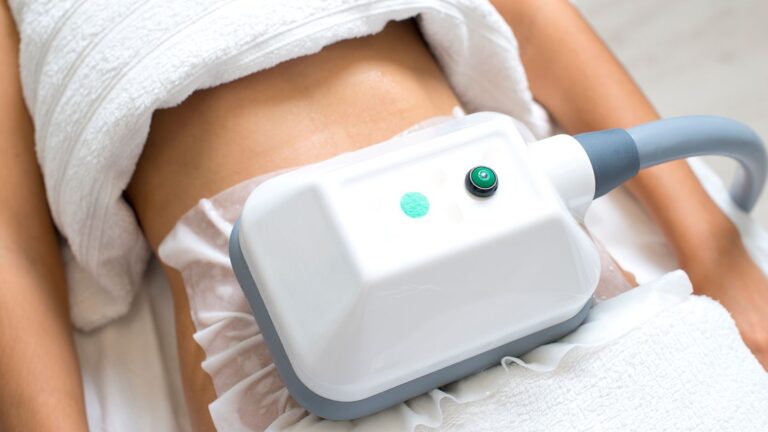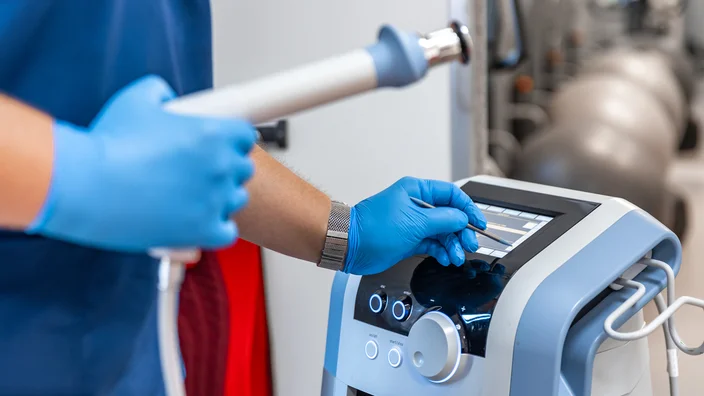Non-invasive body contouring treatments have become increasingly popular for individuals looking to eliminate stubborn fat without surgery. Among these treatments, CoolSculpting stands out as a highly effective, FDA-approved procedure that targets fat cells through controlled cooling. It offers a safe and convenient way to achieve a slimmer, more sculpted physique without the risks and downtime associated with liposuction or other invasive procedures.
For those considering this innovative treatment, Mediluxe CoolSculpting provides advanced body contouring solutions to help patients reach their aesthetic goals. Below, we explore how CoolSculpting works, its benefits, and what to expect from the procedure.
1. What Is CoolSculpting and How Does It Work?
CoolSculpting is a non-surgical fat reduction treatment that uses cryolipolysis technology to freeze and break down fat cells. Once the fat cells are frozen, the body naturally eliminates them over time, leading to a more toned and contoured appearance.
Key Benefits of CoolSculpting:
- Targets stubborn fat that is resistant to diet and exercise.
- Non-invasive procedure with no incisions, needles, or anesthesia.
- Permanent fat reduction, as treated fat cells do not regenerate.
Since CoolSculpting selectively freezes fat without harming surrounding tissues, it is considered a safe and effective alternative to surgical fat removal.
2. Ideal Treatment Areas for CoolSculpting
CoolSculpting is designed to treat various areas of the body where fat tends to accumulate. Common treatment areas include:
- Abdomen – Helps reduce belly fat for a flatter stomach.
- Flanks (“love handles”) – Contours the waistline for a slimmer shape.
- Thighs – Targets inner and outer thigh fat.
- Upper arms – Eliminates excess fat for a more toned look.
- Double chin – Reduces fat under the jawline for improved facial definition.
- Back and bra fat – Smooths bulges for a sleeker appearance.
By customizing treatment plans, patients can address multiple areas for a more balanced, natural-looking result.
3. What to Expect During a CoolSculpting Session
CoolSculpting treatments are typically quick and require little to no recovery time, making them ideal for busy individuals.
Procedure Overview:
- A cooling applicator is placed on the targeted area.
- The device delivers controlled cooling, freezing fat cells without damaging the skin.
- Patients may experience a cold sensation, mild tingling, or numbness, which subsides as the area becomes numb.
- Each session lasts 35 to 60 minutes, depending on the treatment area.
Most patients can return to work and normal activities immediately after the procedure, as there is no required downtime.
4. When Will You See Results?
CoolSculpting results develop gradually as the body naturally processes and eliminates dead fat cells.
Timeline for Visible Changes:
- Some patients notice initial improvements within three weeks.
- The most significant results typically appear after 2 to 3 months.
- The body continues to flush out fat cells for up to six months post-treatment.
Results are long-lasting, provided that patients maintain a healthy lifestyle to prevent new fat accumulation.
5. Is CoolSculpting Right for You?
CoolSculpting is ideal for individuals who:
✔ Have stubborn fat deposits that do not respond to diet and exercise.
✔ Are at or near their ideal weight but want more definition.
✔ Prefer a non-invasive alternative to liposuction.
✔ Are looking for a quick, no-downtime solution for fat reduction.
However, CoolSculpting is not a weight-loss treatment and is best suited for body contouring rather than significant fat loss.
Final Thoughts
CoolSculpting is a safe, effective, and non-invasive solution for reducing stubborn fat and achieving a more contoured body. With minimal discomfort and no recovery time, it is an excellent option for individuals looking to enhance their shape without surgery.












